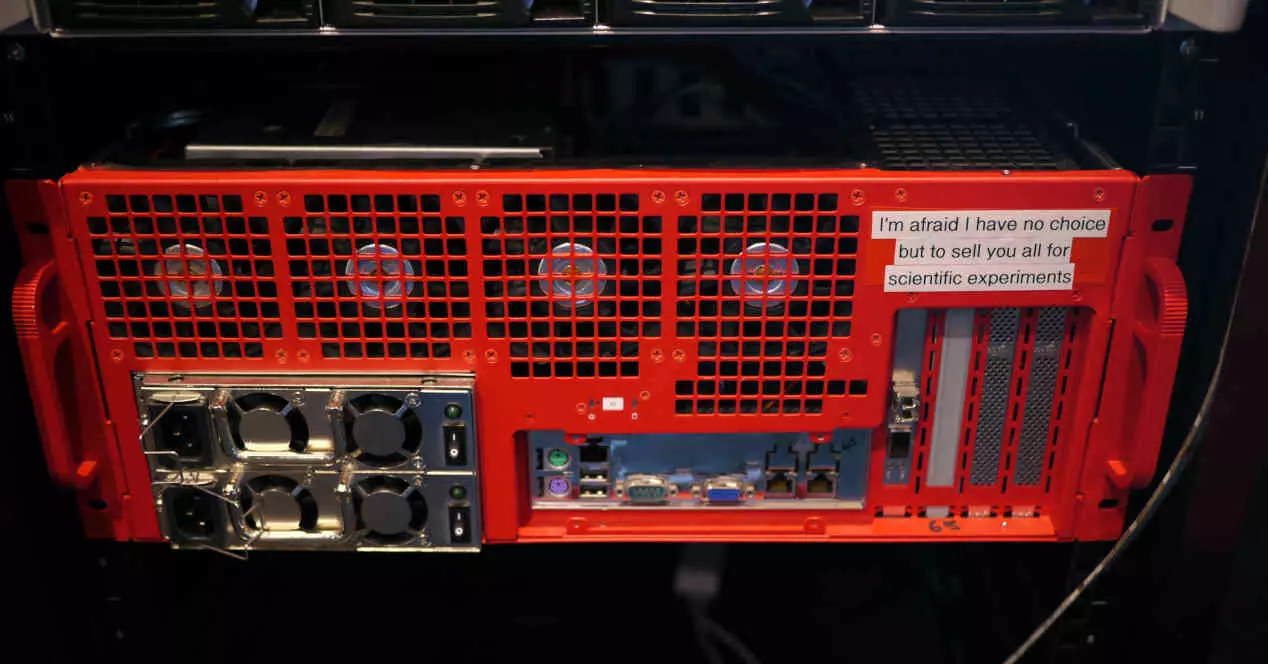
If you’ve ever wondered how Netflix’s on-demand streaming service works with respect to hardware then you’re in luck, as they have finally revealed that they use it so you can watch your series and movies comfortably from your home or from anywhere. And no, it is not about any unique and special hardware, but servers based on CPUs from AMD.
Internet content broadcast services, known as live broadcast services, require very powerful hardware on the provider side, but especially the addition of new hardware and software that were previously totally unheard of in the world of servers. And it is that although services such as Netflix have been around for a few years, before there was no video on demand and with it neither certain problems that have brought new paradigms such as smart network cards.
This is the hardware that Netflix uses on its servers
The EuroBSD conference is not about hardware, but about the flavors of the BSD versions of Unix such as FreeBSD, the operating system that Netflix’s servers run on, but what really interests us is what they have inside. And is that each server has a CPU 3.35 GHz AMD EPYC 7502P equipped with 32 cores and therefore 64 threads of execution. The RAM memory of each server is 256 GB of type DDR4-3200 connected through 8 memory channels and granting a bandwidth of 50 GB / s.
In addition, each server has two Mellanox ConnectX-6 DX network cards, where in each of them a SmartNIC is implemented that is used to encrypt the data, which is key for the correct operation of the service and that it works continuously without stops in it, which would be fatal for an optimal experience at service.
Why does Netflix need a SmartNIC on its servers?
AMD uses the Infinity Fabric interface as a universal connector in its processors, not only internally, but also externally and this allows them to intercommunicate the different CPUs in the case of AMD EPYC, not only those that share the same IOD , but also externally. The problem that the people of Netflix have encountered? Although the infrastructure can theoretically support up to 280 GB / s of bandwidth, for practical purposes this is not the case.
The communication process that begins in the storage units until the information is sent to the client through the network card is as follows:
- Through a DMA unit, data is copied from storage to RAM, the first access to the NUMA bus.
- The CPU reads the data for subsequent encryption, second access to the NUMA bus.
- The CPU writes the already encrypted data to RAM, third access to the NUMA bus.
- A DMA drive copies data from RAM to the network, fourth access to the NUMA bus.
The problem with this is that at this speed the encryption requests for the CPU they saturate their bus with RAM to do other tasks, which leads to the processor not having communication with the RAM and completely “stand up”as it cannot receive data from memory.
The solution? Make data encryption not performed by the CPUInstead, this task falls to the SmartNIC of the network card, in such a way that the process is simplified.
- Through a DMA unit, data is copied from storage to RAM, the first access to the NUMA bus.
- Thanks to the ability of the PCI Express bus to access RAM, the DMA drive on the network card copies the data, second and last access to the NUMA bus.
With this, Netflix reduces the necessary internal bandwidth to 100 GB / s and frees the CPU from the encryption work and thus avoiding downtime. This allows us to enjoy all the company’s content in 4K with HDR, Dolby Vision or Dolby Atmos in our homes with the highest image and sound quality, which is extremely complex given the number of millions of users around the world. .
The post You can watch Netflix 4K thanks to AMD EPYC CPUs: 32 Cores at 3.3 GHz! appeared first on HardZone.